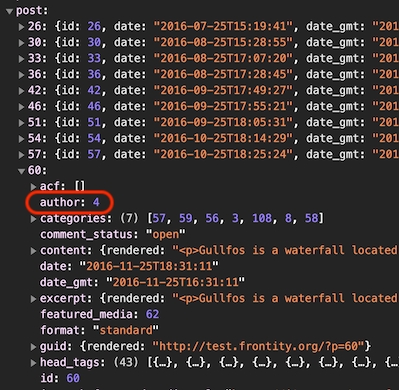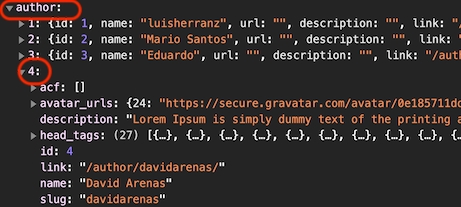Display posts and pages separately
We're making great progress and our theme now has a good deal of useful functionality! 🙌
At the moment posts and pages both use the same component. However, normally posts and pages would be displayed differently from one another. Posts, for example, would display author and date information as well as tags, categories, etc..., whereas pages would not.
Let's distinguish between the two now.
Create a new file and call it page.js. Copy the contents of post.js into page.js and rename the component from <Post> to <Page>. Remember to also change the export line - line 18 in the code sample below.
// File: /packages/my-first-theme/src/components/page.js
import React from "react"
import { connect } from "frontity"
const Page = ({ state }) => {
const data = state.source.get(state.router.link)
const page = state.source[data.type][data.id]
return (
<div>
<h2>{page.title.rendered}</h2>
<div dangerouslySetInnerHTML={{ __html: page.content.rendered }} />
</div>
)
}
export default connect(Page)At the moment page.js and post.js are pretty much identical, so let's now distinguish between them by adding author and date info to post.js.
If we take a look at the data about a post, so for example frontity.state.source.post[60], we can see that the only information we have about the author is the ID.

We can use this ID to get the actual author information from state.source.author[ID].

Let's modify the <Post> component in post.js to get the author information and display both it and the post date.
Finally in this section let's change the root component file to import the <Page> component, and then use it in the <Switch> component to conditionally render it if data.isPage is true.
Now as you navigate around the site and view posts and pages a different component is used for each case and you'll notice that posts, e.g. "The Beauties of Gullfoss", have the author and date info, but pages, e.g. "About Us", do not.

Check you're on the right track by comparing your changes with the ones in this commit.
Last updated